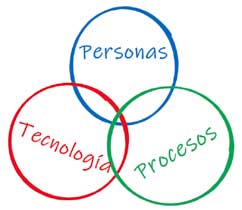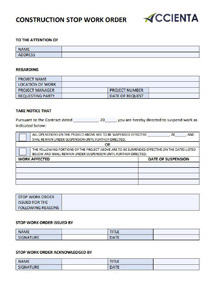Digital Transformation In the Construction Industry
Carolina Fong GuzzyApril 2022 edition

It is well known that the construction industry hasn’t been the most flexible in the use of technology that adapts to improve customer services and operations on mobile devices. Other industries have evolved quickly and nowadays attend their clients online. A clear example of this is the finance industry where banks, and consulting give services through iphone applications, including virtual meetings, or web pages.
Some engineering companies, construction companies and developers started investing actively in new technologies just 10 years ago. New words (or acronyms) like BIM (Building Information Modeling), Model 3, or 4D (3D + Time), 50 (+cost), or LOD (Detail Level) have flooded the industry´s language. However, few professionals and companies really understand and visualize the true potential of these technologies.
Countries where manufacture is expensive are experimenting with these technologies since their beginning thus capturing tangible benefits for their early adoptions. An example of this is England, where the methodologic BIM is an obligation in public infrastructure projects. The BIM use is not just to offer transparency in the project life-cycle, it also provides useful insights during all the operation phase, including maintainenance of the assets.
More than ever, the construction industry needs to use technology to improve their operations and warrant a digitally efficient transformation before is too late to implement change. Only those companies that have a clear understanding of these technologies will be quick to implement them and successfully winning bids in the future. Companies that see these investments as a cost will have difficulties competing with the ones that have efficient building infromation management and resources
that generate value.
With the COVID 19 pandemic, information technology propelled clients who previously didn’t want to change to run and ask for software and services of this kind. Work from home and resources at the office had to be connected dynamically, with information technology streaming in both places without interruption. This is only possible through the cloud. Servers had been a common system to manage information but they are becoming obsolete. The reason is that, while servers improve as the technology advances, their price, and its implementation (and support) are much more expensive costs that nee subscription in a cloud service.
MORE THAN A SYSTEM ERP
Many companies in the industry thought that an ERP system could solve more than their finances. Although it offers a better vision of invoice orders, receivables, accounting, and back office use, its use doesn’t really impact the technical documents of the project. A good project management, coupled with team collaboration are the keys to ensure cashflow in a construction project. In any case, there are proven reasons to explore tools commonly using the cloud.
A great example of this is Autodesk Construction Cloud, which is one of the systems that I work use daily. Through my technical consulting, I help clients get better results in these processes. For example, during the Covid-19 pandemic, there were less workers on-site in order to prevent infections. At the same time, the rest of the team worked from home, office or another place, all requiring access to the data bank and schedule of activities. Previous document processing based in paper required in-person meetings to approve documents. Something as digital formats for having information, are ideal for a fluent work, with less delays on approving documents. There is no doubt how digital transactions or documents are helping clients in keeping up their operations, diminishing mistakes, contingences and lack of communication because they have access to the same information in real time.
COMMON DATA ENVIRONMENT AND NORMATIVE ISO19650
The CDE (Common Data Environment) helps companies keep formats and reports uniform. This means that one platform works as a central for the collaboration and documentation, among all those involved (architects, engineers, builders, suppliers, company owners and developmers). The system is based on pre-defined rules such as permissions, file nomenclature, specific attributions, schedules, etc., These predefined rules could be specific for the project, or company, but above all, are in
compliance with the international standards as the normative ISO19650
Moreover, the last CDE updates allow to connect elements of the job program that have been created in another platform, such as the Spring or Microsoft Project, with CDE elements such as budget, photos, videos and more.
DIGITAL TWIN
Additionally, collaboration tools in the cloud allow for more development to capture, analyze and deliver key information of the different phases project. One of the potential uses for all the captured information is the creation of the DT (Digital Twin). In simple terms this is one digital copy of the active material. A Digital Twin could connect with elements of an intelligent house, like sensors that keep resources more efficiently.

Success for enterprises today is tied to a digital transformation that depends in great measure on the people, technology and processes. All of them targeting a common goal.
